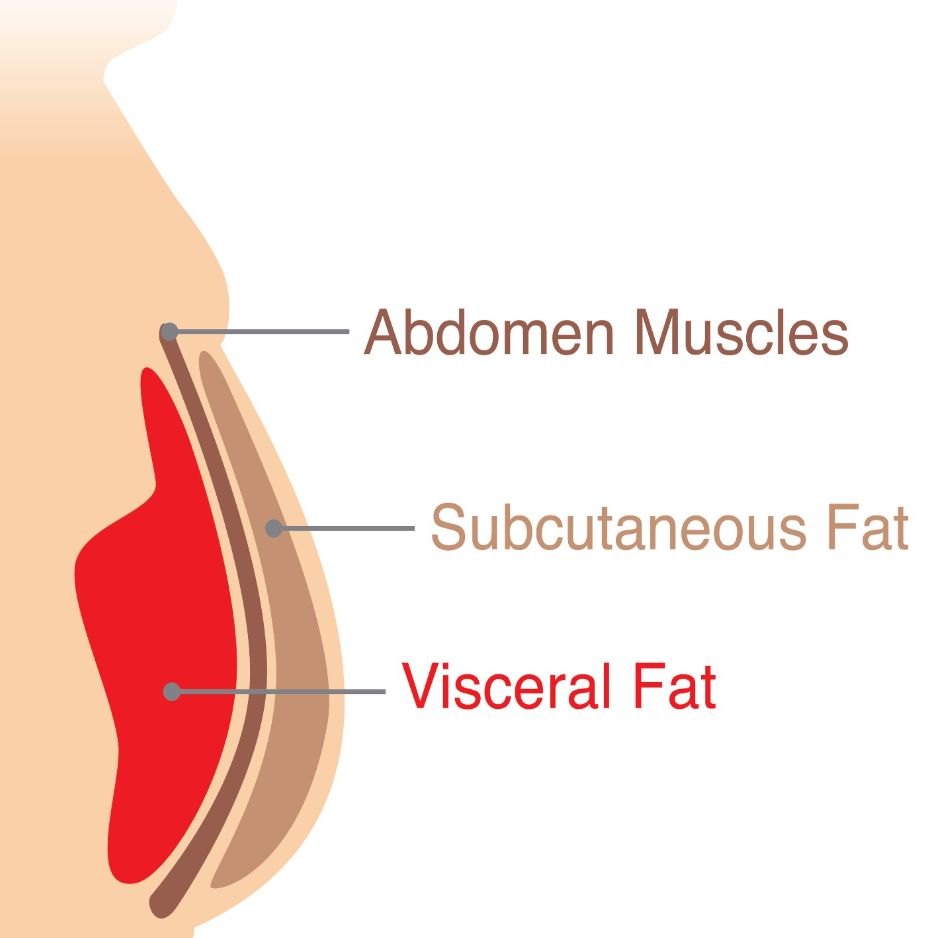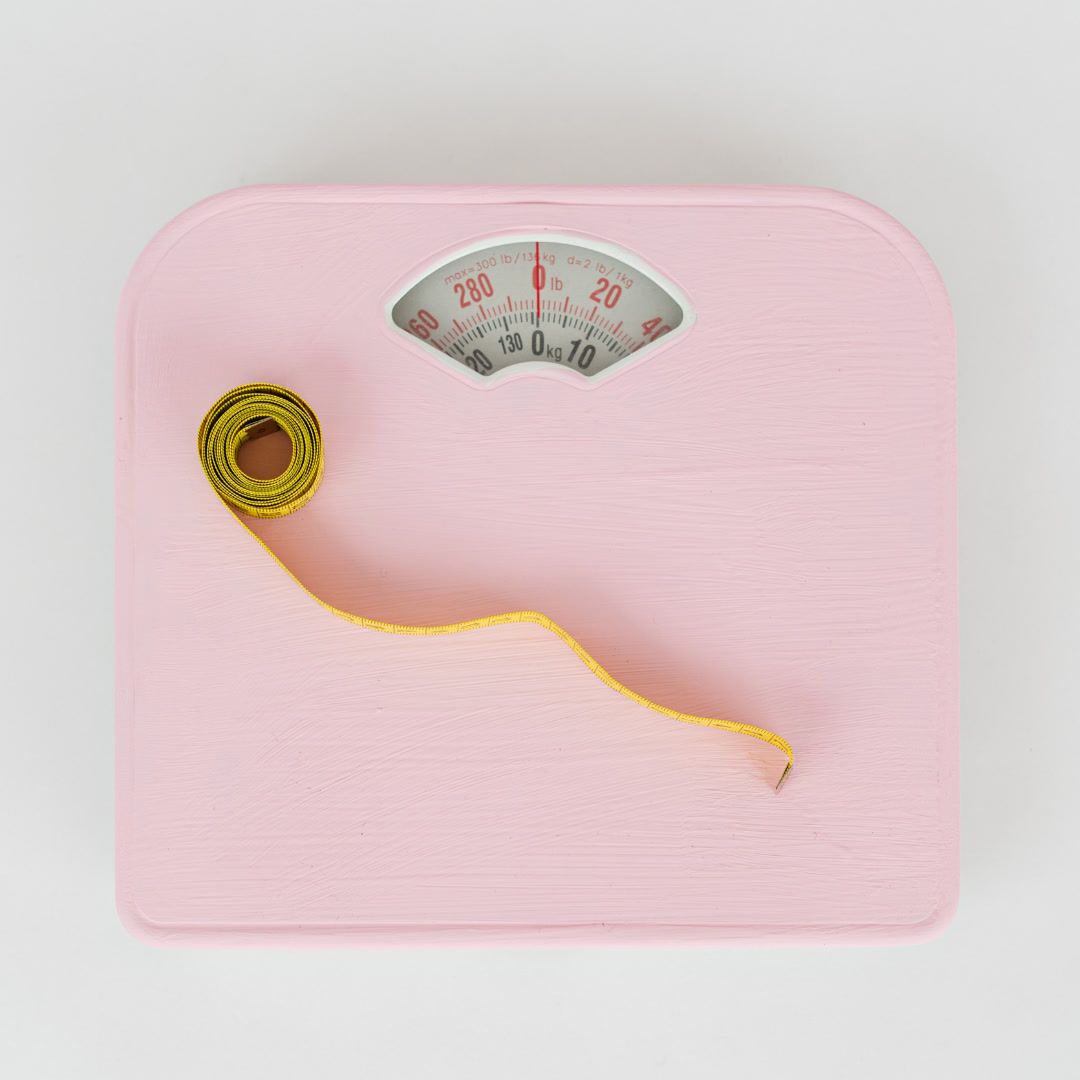Healthy Sodas: Are They Actually Good For You?
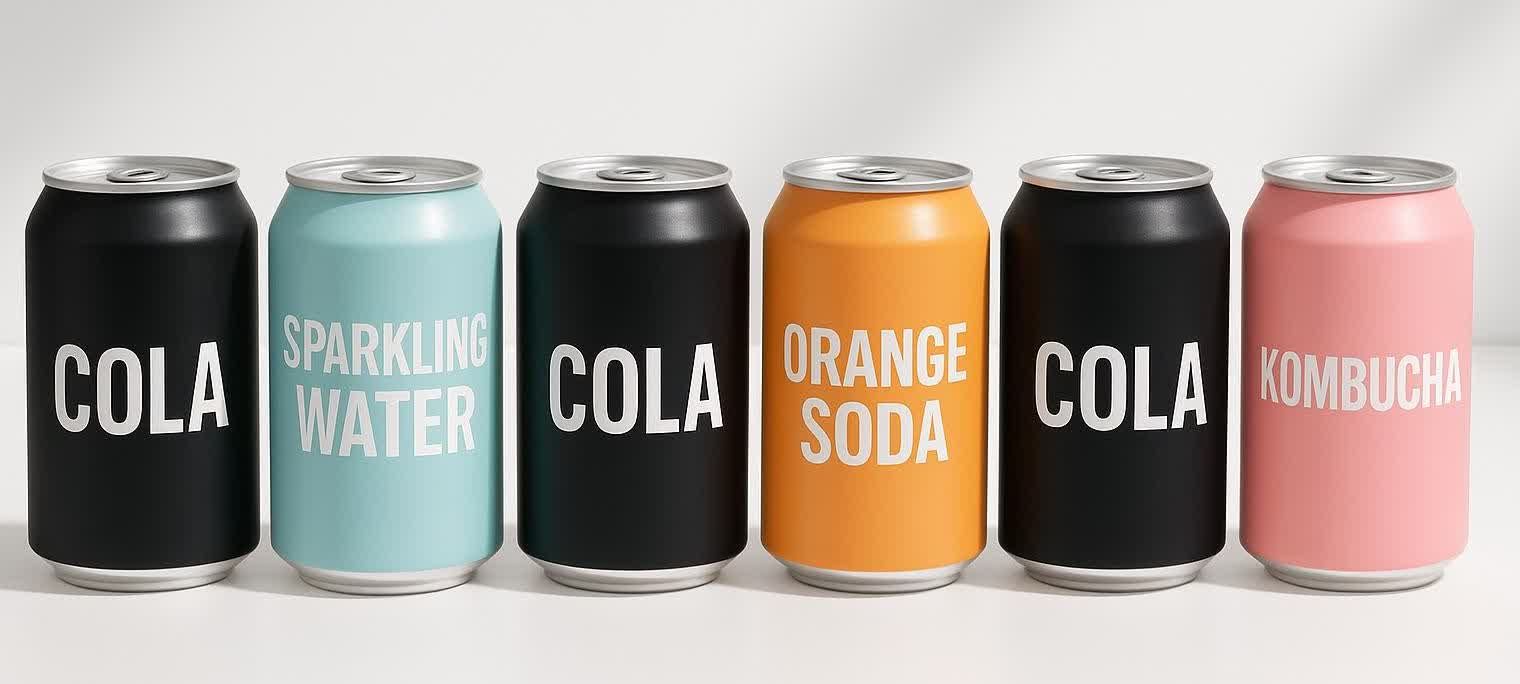
Healthy Sodas: Are They Actually Good For You?
The craving for a bubbly, sweet, ice-cold soda is undeniable. But the health-conscious part of your brain knows that traditional sodas, loaded with sugar and empty calories, are a fast track to derailing your wellness goals. A single 12-oz can of Coca-Cola contains 39 grams of sugar—more than many people should have in a day (Coca‑Cola).
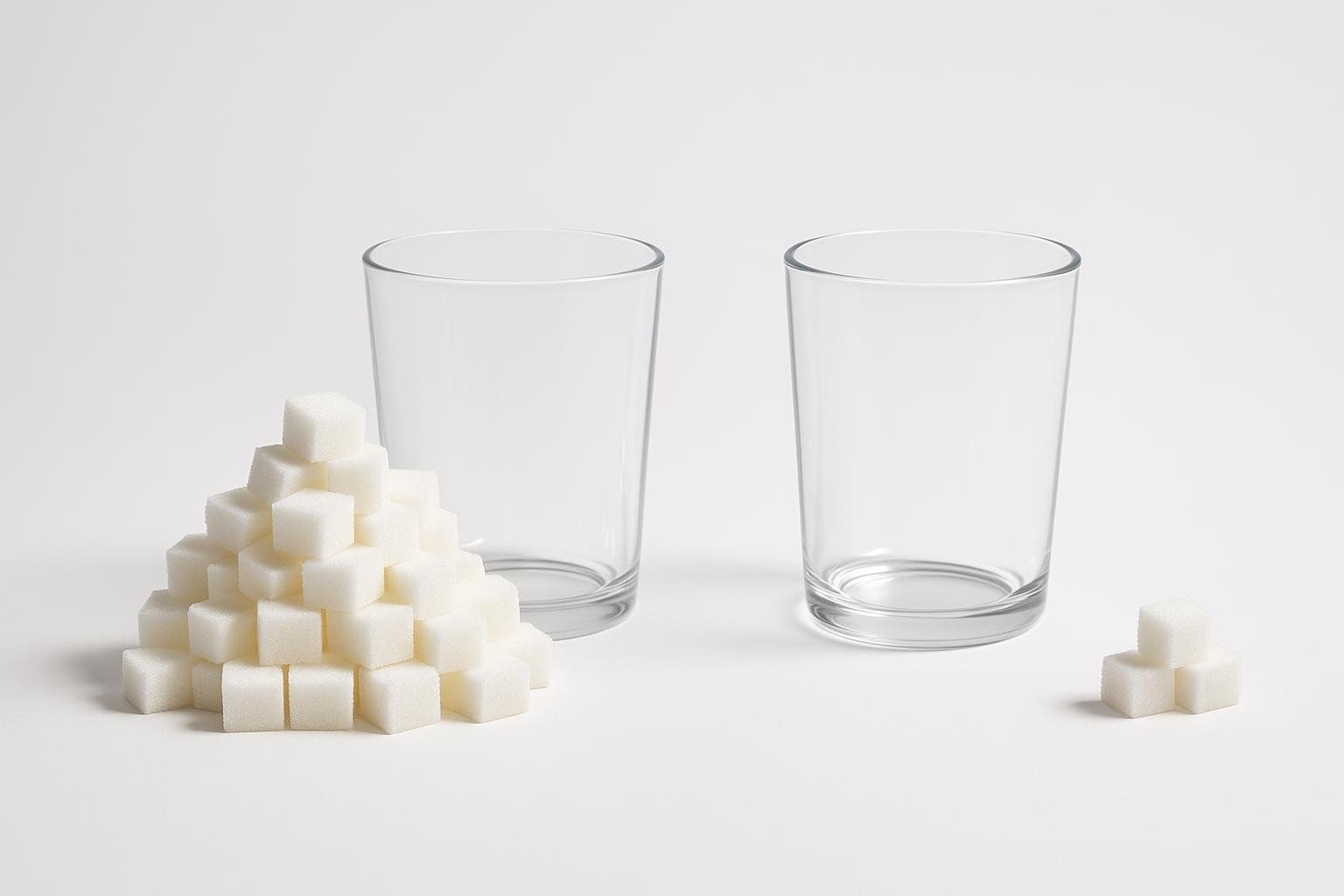
The American Heart Association advises limiting added sugars to about 25 grams (6 tsp) per day for most women and 36 grams (9 tsp) per day for most men.
Regularly overshooting this can contribute to weight gain and increased cardiometabolic risk.
Enter the vibrant world of “healthy sodas.” Brands like OLIPOP, Poppi, and Zevia promise the fizz you crave with far less sugar�—some even add gut-friendly ingredients. But are they truly healthy, or just a slightly better alternative?
This guide cuts through the marketing to give you a science-backed look at what’s really inside that can.
What Makes a Soda “Healthy”?
Unlike legacy sodas, better-for-you options aren’t defined only by what they lack (tons of sugar, artificial colors). They’re also defined by what they include.
1) Smarter sweeteners
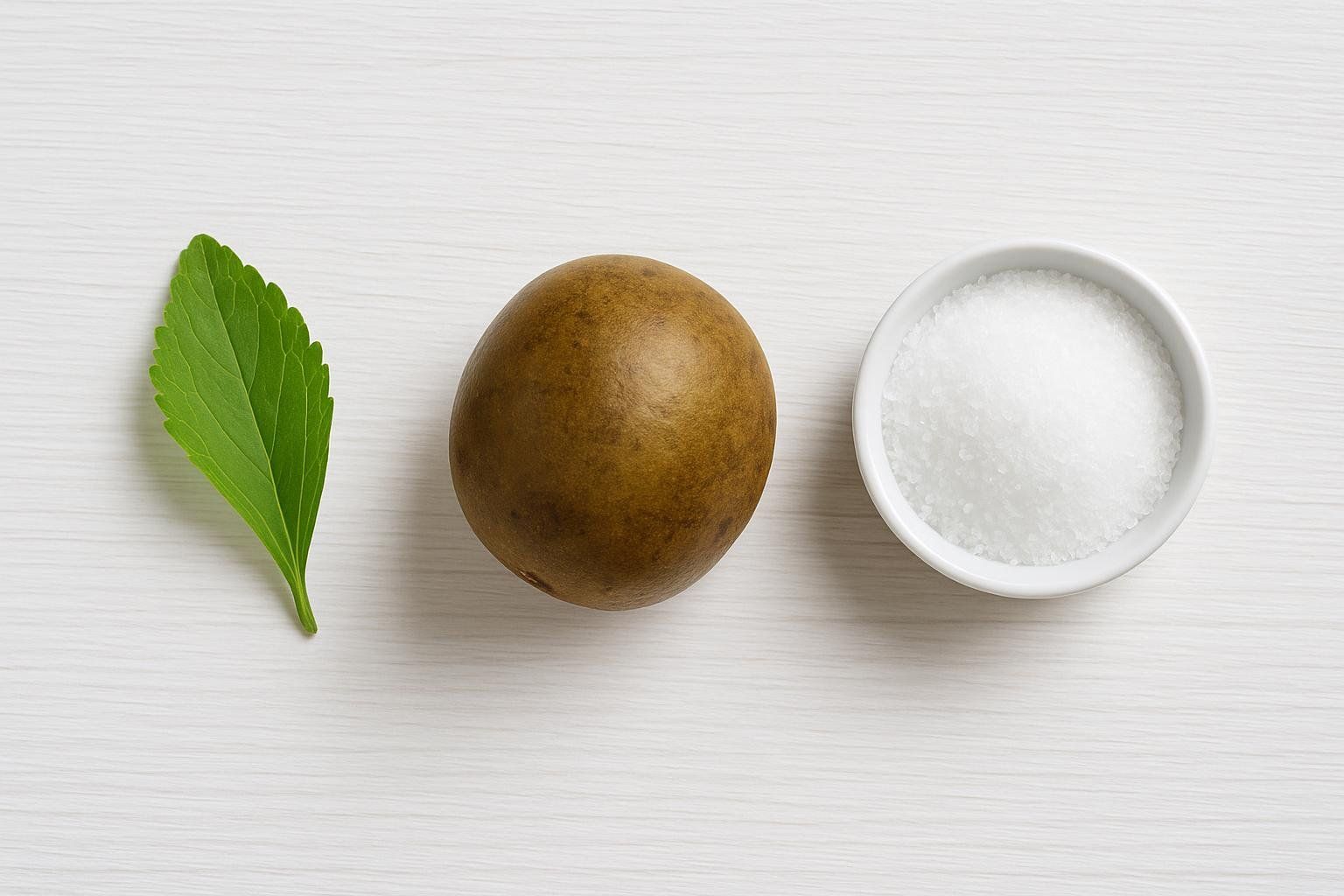
- Allulose is a rare sugar that tastes like sugar but is absorbed and excreted largely unchanged. The FDA notes it contributes about 0.4 kcal/g and does not meaningfully raise blood glucose or insulin, so it’s excluded from “Total” and “Added Sugars” on labels (FDA guidance).
- Stevia and monk fruit extracts are very sweet, virtually calorie-free, and don’t contain sugar. Early research suggests minimal effects on blood glucose, though findings across low-/no-calorie sweeteners are mixed (Harvard T.H. Chan School of Public Health).
- Sugar alcohols (e.g., erythritol):
- Are poorly absorbed and add little to blood glucose.
- Can cause GI upset in large amounts.
- Some preliminary research suggests a link between high blood levels of erythritol and cardiovascular events in at‑risk populations. However, evidence isn’t conclusive and more research is needed, as noted in an overview from the Harvard T.H. Chan School of Public Health.
2) Functional ingredients for gut health
Many newer sodas add prebiotic fibers (like inulin or resistant dextrin) or acids like apple cider vinegar. Prebiotics feed beneficial gut bacteria, while probiotics are live microbes that can confer health benefits. Curious about the difference? Our guide explaining the difference between prebiotics and probiotics goes deeper.
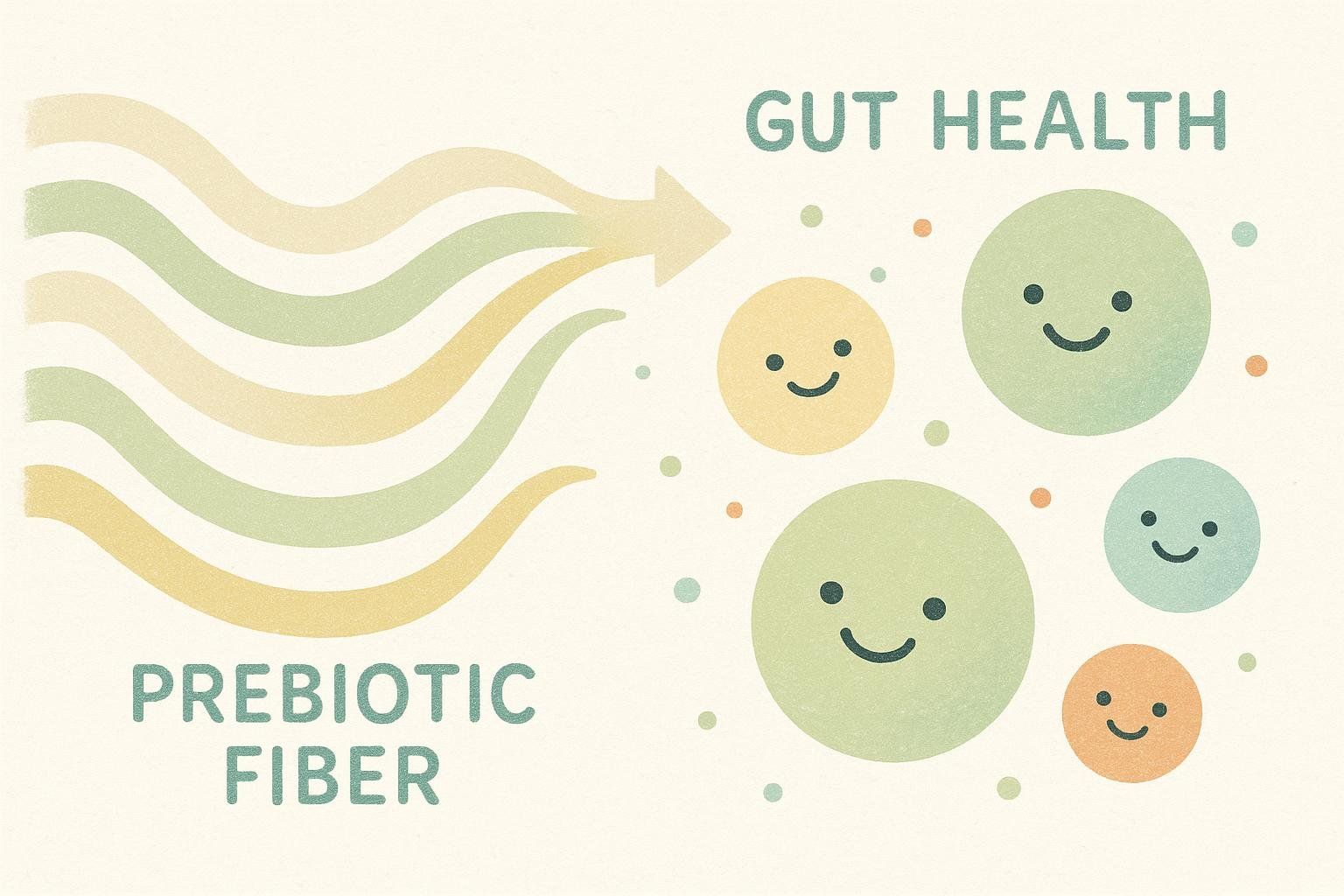
3) Cleaner labels
You’ll often see fewer artificial colors and preservatives and more recognizable ingredients. That doesn’t make a soda a “health food,” but it’s a step in the right direction compared to full-sugar, artificially colored options.
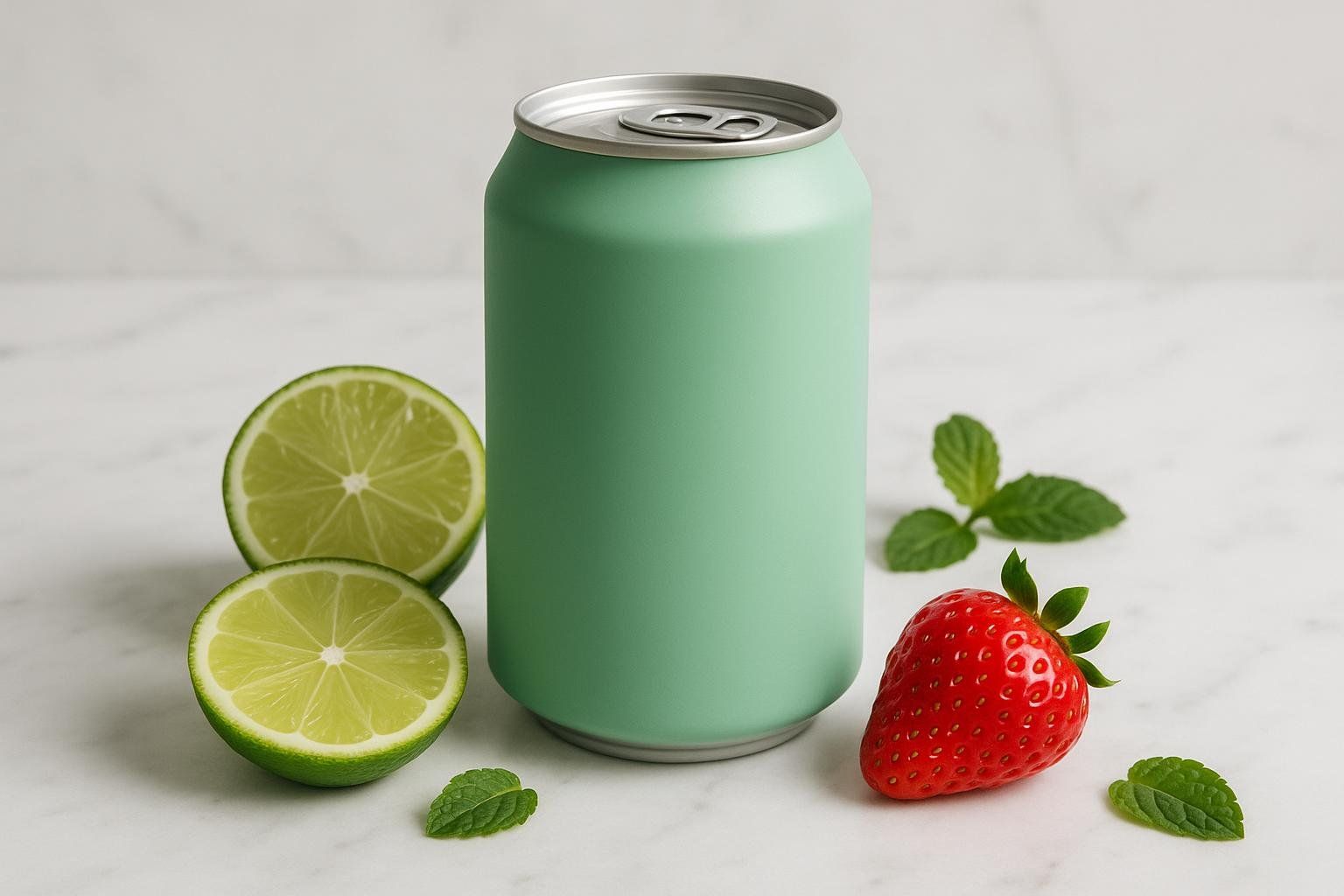
Quick take: “Healthy soda” usually means lower sugar, sometimes added fiber, and often no artificial colors. It’s still a treat—just a smarter one.
Popular “Healthy Soda” Brands at a Glance
| Brand | Key Sweeteners | Functional Additions | Typical Sugar/Calories | What Stands Out |
|---|---|---|---|---|
| OLIPOP | Stevia, monk fruit; small amounts of sugars depending on flavor | Prebiotic fiber blend (OLISmart) with inulin/resistant dextrins | ~2–5g sugar; ~35–50 calories; ~9g fiber per can | Marketed for high prebiotic fiber content (~9g) to support digestion. |
| Poppi | Small amounts of cane sugar + stevia | Prebiotics from agave inulin + apple cider vinegar | ≤5g sugar; ≤35 calories; ~2–3g fiber per can | Combines ACV with prebiotic fiber and positions itself as a prebiotic soda (not probiotic). |
| Zevia | Stevia | None | 0g sugar; 0 calories | A zero‑sugar line sweetened with stevia in classic soda flavors like Cola. |
| Culture Pop | Fruit juice; no stevia | Live probiotics | ~6–8g sugar; ~45 calories (varies by flavor) | Stands out by using live probiotics, unlike the prebiotic fiber in other brands; see flavors such as Strawberry & Rhubarb. |
Note: Nutrition varies by flavor. Always check the product’s Nutrition Facts panel for the most accurate data.
Marketing Claims vs. Reality
Healthy sodas can be a smarter swap—but they’re still treats, not daily hydration. Keep these caveats in mind:
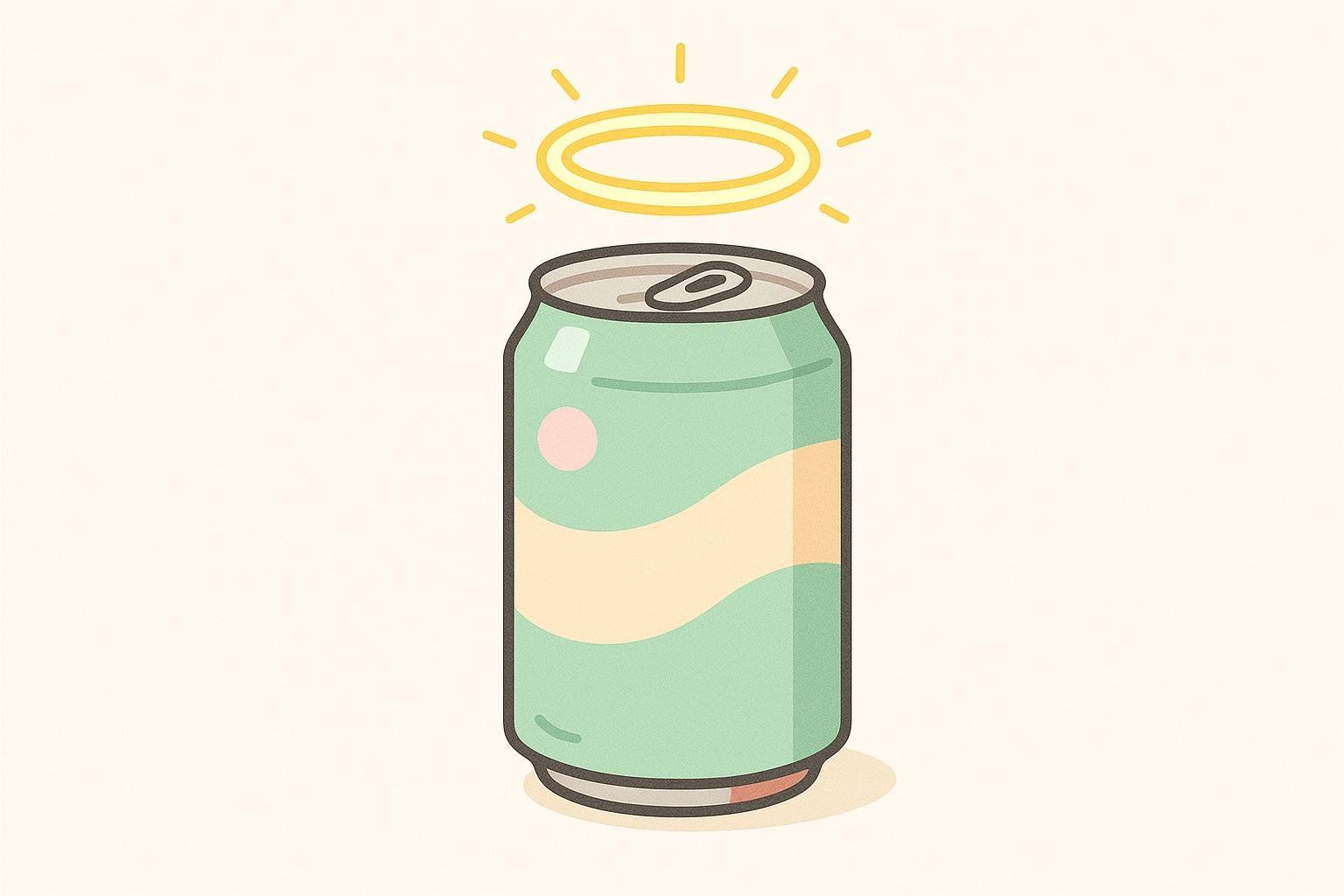
-
Health halo caution. “Prebiotic” and “zero sugar” labels don’t make a product limitless. Prioritize water for thirst; use healthy sodas as an occasional upgrade over full‑sugar soda. If you’re working on hydration basics, start with our guide to electrolytes and hydration.
-
Gut‑adjustment period. Jumping from 0g to 9g of added prebiotic fiber in one sitting can cause gas or bloating. Increase intake gradually.
-
Kids and sweeteners. For children, long‑term effects of low-/no‑calorie sweeteners are not well established—it’s wise to limit these drinks for children (Harvard T.H. Chan School of Public Health).
-
Watch total sugar. Even “better” brands with 4–8g sugar can nudge you over daily limits if you have multiple cans. Compare against the AHA’s added‑sugar guidance.
How to Pick a Healthier Soda (Quick Checklist)
- Added sugar: Aim for 0–5g per can most of the time; keep total daily added sugar under AHA recommendations.
- Sweeteners: If you’re sensitive to sugar alcohols, choose options without erythritol/xylitol. If you prefer real sugar, look for ≤5g per can.
- Fiber: If you want gut perks, look for prebiotic fiber (e.g., inulin/resistant dextrin) and build up slowly.
- Label: Favor brands without artificial colors and with recognizable ingredients.
- Taste: The best choice is the one you’ll actually use to replace full‑sugar soda.
Pro tip: If you want total control over ingredients, try a DIY fizz: unsweetened sparkling water + a squeeze of citrus + a splash of 100% fruit juice (or a few drops of stevia) for a lightly sweet, low‑sugar spritzer.
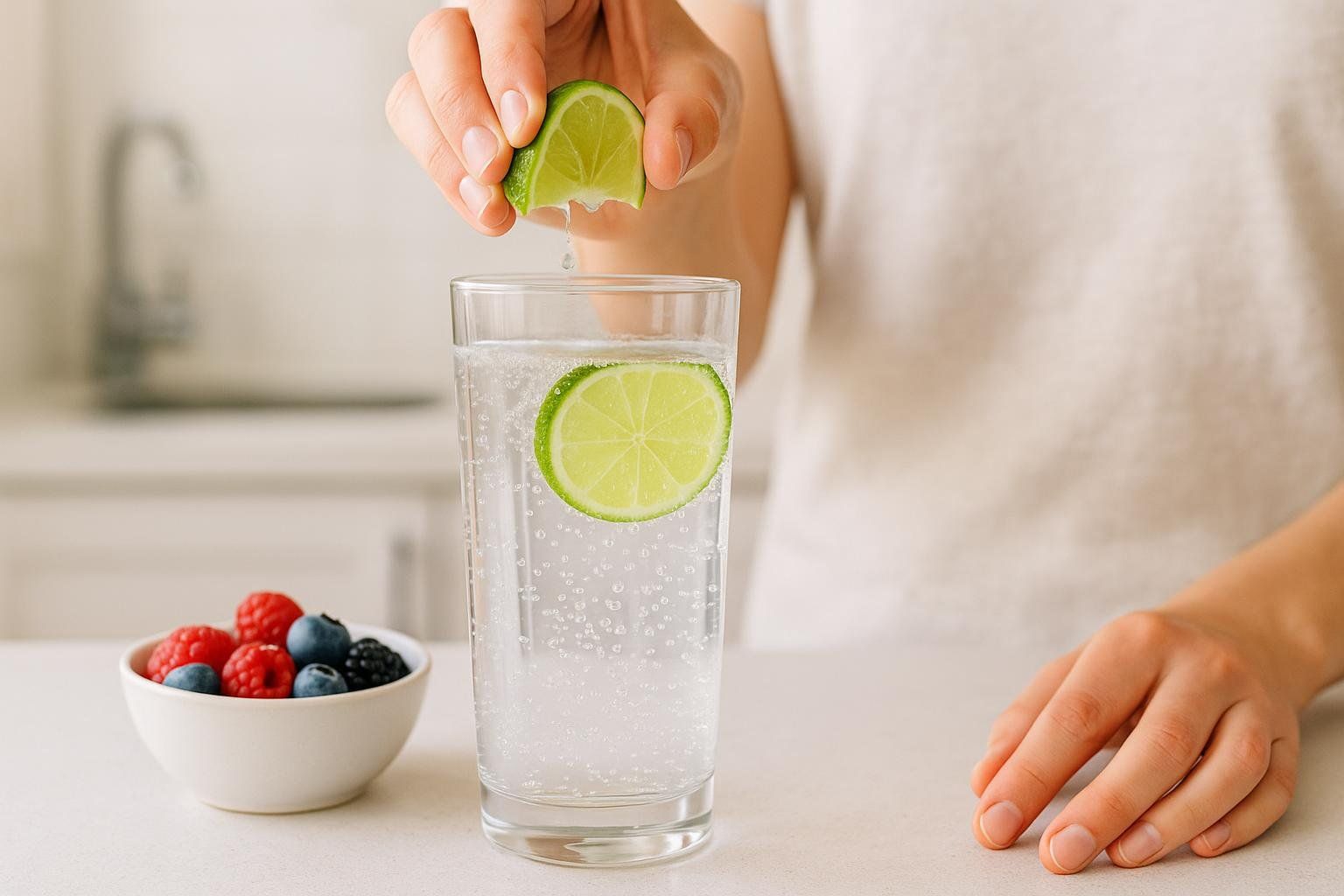
Where “Healthy Soda” Fits in a Healthy Diet
Swapping a 39g‑sugar soda for a 0–5g option is a meaningful win for most adults. Over time, consistently cutting added sugars supports weight management and metabolic health. For many people, that’s the real value of healthy sodas.
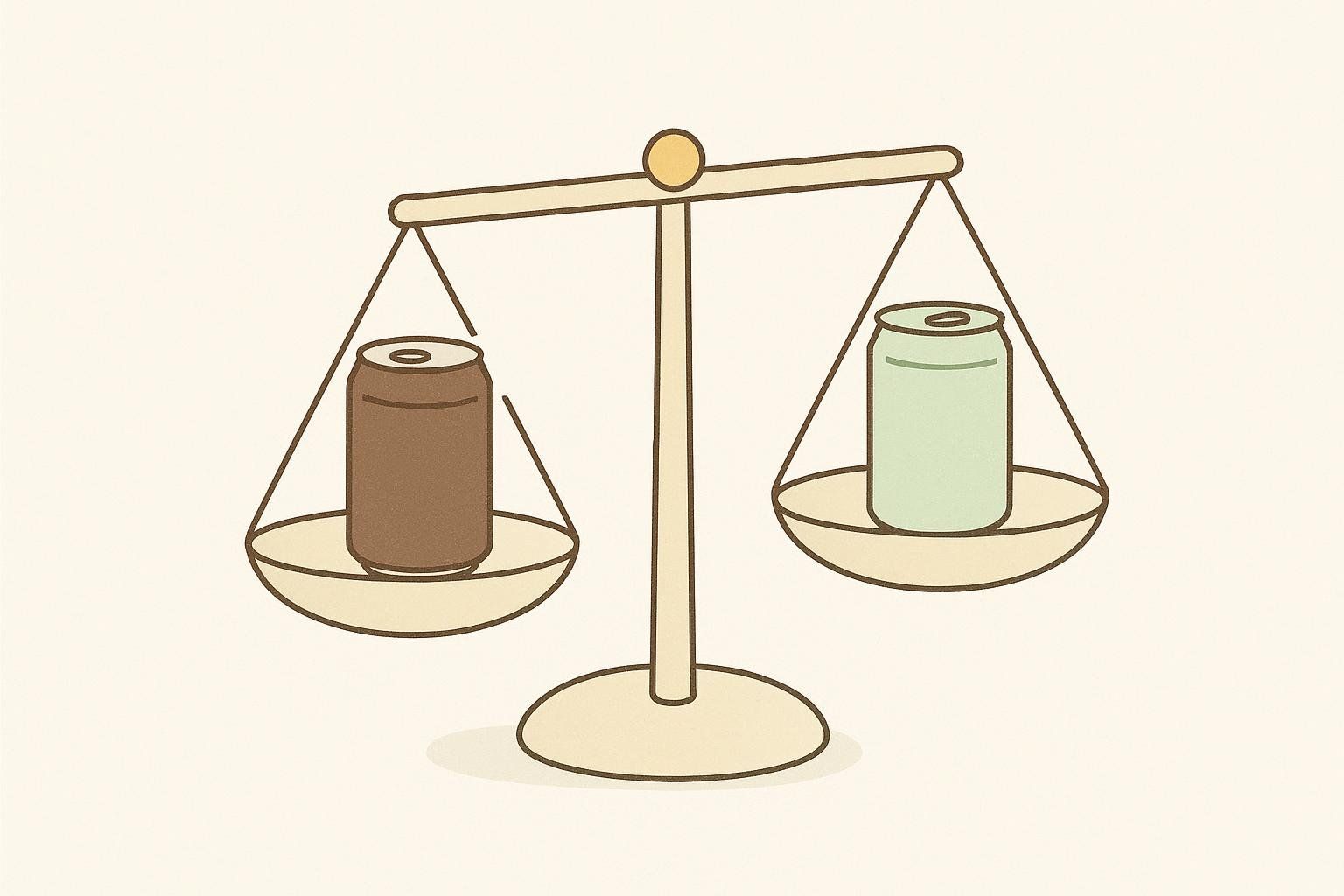
Still, the healthiest bubbly beverage will always be unsweetened sparkling water. Think of healthy sodas as a functional indulgence you use strategically—especially when kicking a daily soda habit or applying strategies for curbing sugar cravings.
If you’re curious about specific ingredients, learn how allulose differs from sugar in our complete guide to allulose.
FAQs: Healthy Soda, Answered
Is “healthy soda” actually healthy?
It’s usually a healthier swap than full‑sugar soda because of lower sugar and calories. But it’s best treated as an occasional beverage, not a hydration staple. Prioritize water and unsweetened drinks.
Are prebiotic sodas good for gut health?
They can contribute prebiotic fibers (like inulin) that feed beneficial bacteria, but tolerance varies—start low and go slow. The overall diet pattern matters more than any single drink.
Which sweetener is best?
- Stevia and monk fruit: Add sweetness without sugar.
- Allulose: Low‑calorie and doesn’t spike blood sugar (per FDA guidance).
- Sugar alcohols (e.g., erythritol): May bother some people’s digestion, and preliminary research has raised questions about their cardiovascular effects in some populations, so moderation is advised.
See the Impact of Cutting Sugar on Your Body
Reducing added sugar can help lower harmful visceral fat over time—the deep belly fat linked to cardiometabolic risk (learn what visceral fat is). Track your progress with a BodySpec DEXA scan, which precisely measures fat mass, lean mass, bone density, and visceral fat. Compare scans over time—our gold‑standard method reveals changes in your body composition that aren’t visible on a scale.
Ready to see your progress? Book your DEXA scan today.

